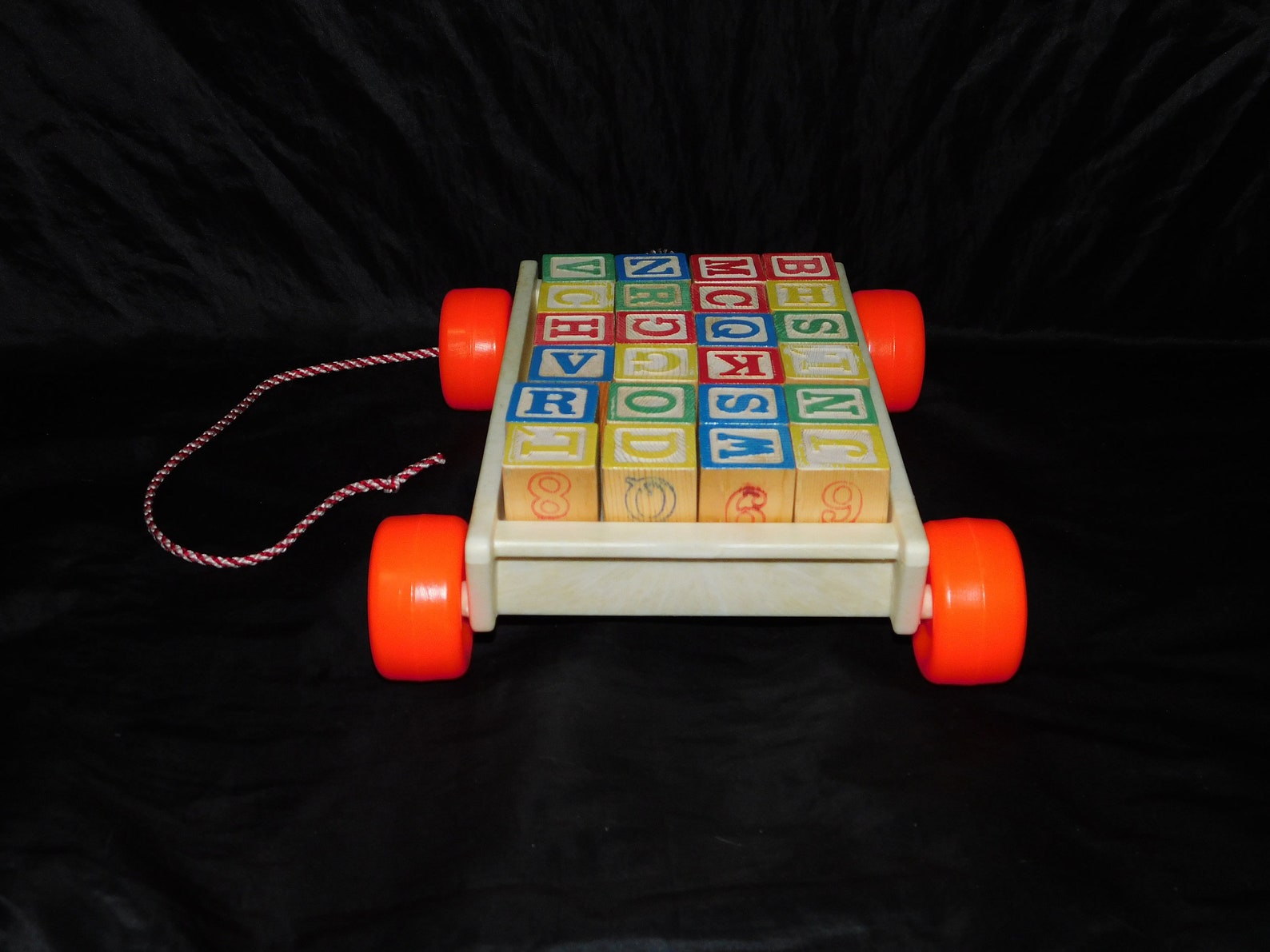

In addition to Little People, some of the toys and toy brands that have remained popular for many years include Power Wheels, View-Master, Rescue Heroes, the Chatter Telephone, and the Rock-a-Stack. The figures, which originally were wooden peg-style characters, are now molded of plastic and have detailed features. One of Fisher-Price's best-known lines is Little People toys, which includes people and animal figures along with various play sets such as a house, farm, school, garage and vehicles. Products įisher-Price has created approximately 5,000 different toys since the early 1930s.

In 2004, Royal Caribbean Cruise lines launched Fisher-Price Cabanas, play laboratories for children on each of their cruise ships. By 1997, Mattel decided to market all of its preschool products under the Fisher-Price name. A new management group set the company's focus on basic, infant and preschool products and began expansion into international markets. Two years later, in November 1993, Mattel bought Fisher-Price. In 1991, Fisher-Price regained its independence from The Quaker Oats Company and became a publicly traded company. Herman Fisher retired at the age of 71 in 1969 and The Quaker Oats Company bought Fisher-Price the same year. The 'Family House' was one of the more popular Little People playsets.

ĭuring the 1960s, the Play Family (later known as Little People) product line was introduced and soon overtook the popularity of earlier toys. By the end of the 1950s, Fisher-Price manufactured 39 toys incorporating plastics. "Buzzy Bee" was the first Fisher-Price toy to make use of plastic. In the early 1950s, Fisher-Price identified plastic as a material that could help the company incorporate longer-lasting decorations and brighter colors into its toys. The first Fisher-Price toy ever sold was "Dr.

In 1931, three of the four founders took 16 of their wooden toys to the American International Toy Fair in New York City and they quickly became a success. The mayor of Aurora, New York, supported Fisher by raising $100,000 in capital. Price was the first Art Director and designed push-pull toys for the opening line, based on characters from her children's books. The details and charm were added with colorful lithographic labels. Early toys were made of heavy steel parts and ponderosa pine, which resisted splintering and held up well to heavy use. Fisher-Price's fundamental toy-making principles centered on intrinsic play value, ingenuity, strong construction, good value for the money, and action. Price had retired from a major variety chain store, and Helen Schelle previously operated Penny Walker Toy Shop in Binghamton, New York. Fisher worked previously in manufacturing, selling and advertising games for a company in Churchville, New York. Founded in 1930 during the Great Depression by Herman Fisher, Irving Price, Price's illustrator-artist wife Margaret Evans Price, and Helen Schelle, the name Fisher-Price was established by combining two of the three names.


 0 kommentar(er)
0 kommentar(er)
